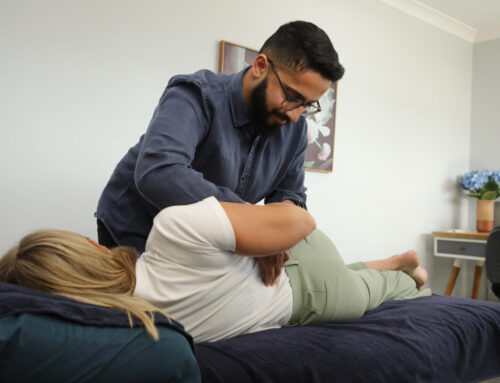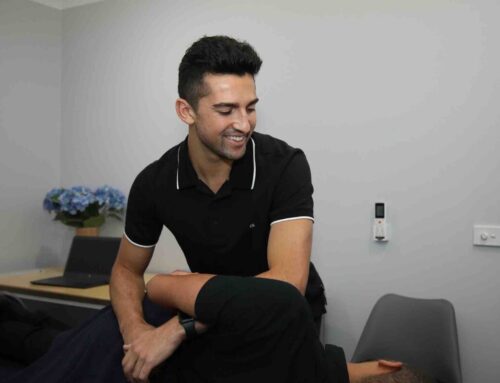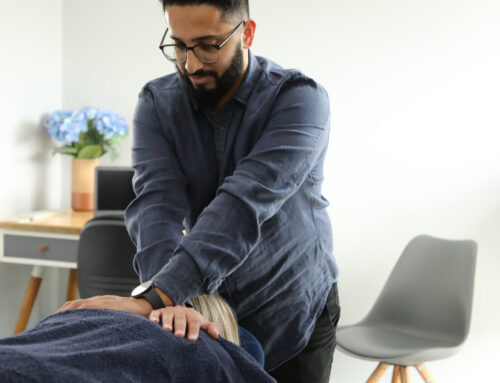If you have ever thought to yourself, “where do I start?” to become a runner, you have come to the right place. Read on and find out the MUST KNOW terms in running and make your first steps to becoming a runner.
RUNNING TERMINOLOGY
Distance
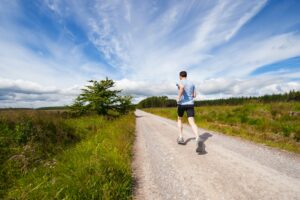
Photo by Jenny Hill on Unsplash
In Australia we use metres and kilometres for our unit of measurement, although in running you may hear shorter distances such as ‘one mile’ equating to 1.61km’s. Typically, runners will complete between 5-100+km’s each week depending on your experience and goals.
As a new runner 5km’s in a week would be a great starting goal, aiming to complete the 5km’s in one go over the first 1-2 months. There have been great advances in technology to track your running such as Strava, and recently ‘Couch to 5k’. Both are great tools to help you track your distance and keep you motivated to reach your goals.
Time
Using seconds, minutes or even hours can be a great way to complete runs, as it becomes less about the distance you cover and more about how you ‘feel’ on the day. Running injuries are as common as 20-80% of new, recreational and experienced runners getting injured every year!
Utilising time as your measure can affect overloading which is where the amount of running you complete is too much for your body and where structures become too painful to run, and result in injuries. Time is also a great way to start out by running for 30 seconds and walking for 2 minutes, repeating for the length of your regular walks.
Cadence
Another running term that is useful to be familiar with, is cadence. This simply put, is the number of steps you take each minute. Experienced runners usually run quickly and therefore their cadence can be above 180 steps per minute. As a beginner however, the typical cadence ranges between 150-165 steps per minute. If you have a sports watch and your cadence numbers are out of these ranges don’t be afraid, you may have a unique running style, be short, tall or have another reason for this number. If you are concerned or have any further questions, seek out the advice from one of us at Pakenham Osteopathy.
Foot striking
In running there are topical subjects that a lot of runners and coaches love talking about. “Foot striking” is one of them. Foot striking is simply the part of your foot that makes contact with the ground first during each step of your run.
Runners can have a forefoot strike, where your toes touch first, midfoot strike, where the middle of your foot touches first, and heel strike, where your heel is the first part to touch the ground. All have been researched over the years and have developed the way shoe companies design running shoes that we wear.
Currently, there is no best way to run, although there are times when adjustments can be made to allow for reductions in pain, increase performance or running economy. Sneakers are made, typically, for heel striking patterns as they have a cushioned heel and a lift. (See below for further details regarding shoes). If you are concerned about your running technique come in and we can observe you run examining your style and discuss what’s happening during your running movement.
Shoes

There has been an immense amount of technology and research over the last few decades that have developed current day sneakers. Ultimately when choosing a shoe, comfort is the number one priority. If you are unsure whether you should get a new pair of shoes, the rule of thumb is if the tread has gone (the grooves underneath the shoe) and all that is left is a smooth surface, then you would probably benefit from a new pair.
Shoes range from lasting between 1-2 years, to professional runners completing 500km’s before requiring a new pair. If you are someone that suffers from foot pain, then your shoes can be a starting point to alter and assess the benefits in your pain. An Osteopath can work with you and other allied healthcare professionals (like podiatrists) to provide guidance on your footwear.
Type
Although distance and time are ultimately the statistics most people are focused on, there is a wide range of factors that affect those numbers. The ‘type’ of running makes a huge difference when being concerned with distance and time. Below are 5 different types of running that can affect the numbers:
1.Fartlek
Typically, a good type of running to commence with combines fast and slow running with varying times between each. For example, you can complete a 10min run where every 30secs you would walk, and then the other 30secs run, repeating for the full 10 mins. Experienced runners use this as a ‘change of pace’ so their bodies can become accustom to recovering during a specified intensity and then increasing their intensity to a higher level.
2. Sprinting
Sprinting is a great anaerobic way to run! If you are someone from a weights or fast paced sporting background, then sprinting may be more your style. It is quick, facet paced runs lasting from 5secs to 1-2mins. You will be able to have ample rest between each sprint to ensure the speed of your run is the same throughout.
3. Trail running
Although the run itself doesn’t change in terms of the distance and time, the terrain between A to B can be immensely different depending on your environment. Some trails are nice and flat with slightly loose gravel however others are rocky, steep with uneven footing for kilometres. This type of running requires a lot of concentration to ensure you stay on track, not getting lost, and being aware of the terrain so no ankles are rolled, or knees twisted.
 4. Hill running
4. Hill running
This can be done as short sprints up a hill, or a long, slow jog or even walking up a very steep mountain. This type of running builds muscular endurance which will be helpful when running and you can across a small hill. The individuals familiar with running up hills will find this challenge much easier than those who run on flat ground every time.
5. Beach running
Running on the beach with or without shoes is a great way to build your proprioception, which is your awareness of your body in space. Each footstep on sand is different and each one your body requires feedback to ensure you stay upright and keep moving forwards in the right direction. This run is typically a slower run than others, but no less beneficial.
6. Agility
Setting out some cones or even household objects is a great alternative to running, using your balance and coordination to quickly manoeuvre yourself around a course. This is important for those intending on playing social sports such as netball, basketball or AFL. Training your body to change in direction is a useful skill for everyone and will benefit not only running but day to day activities like playing with the kids.
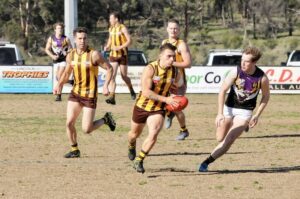 7. Sports
7. Sports
Playing sport should always be considered as part of your running for the week, if of course, there is running involved. Typically, we train our running for this sporting day each week and therefore should ensure we warm up, play and then cool down properly to reduce the soreness and risk of injury.
Ultimately the first place to start is to get out there and run!!! Start by running around the block, or if you live more rural then maybe to your letterbox is more than enough to begin with. Ensure you warm up with some leg swings and squats, taking your first few runs nice and slowly and controlled. The ideal way to start is using the Fartlek type of running where you walk and then run for short periods of times. This allows your body to rest and recover during the walking stage of your run. Slowly build the times up until you don’t feel you need to walk and then keep on running!
Any questions in relation to the type of running that is suited to you or more questions on warmups and cool downs come in and see us and we will provide you with tailored advice.
Hopefully you’ll find this useful and start pounding the pavement whilst remaining injury free!
